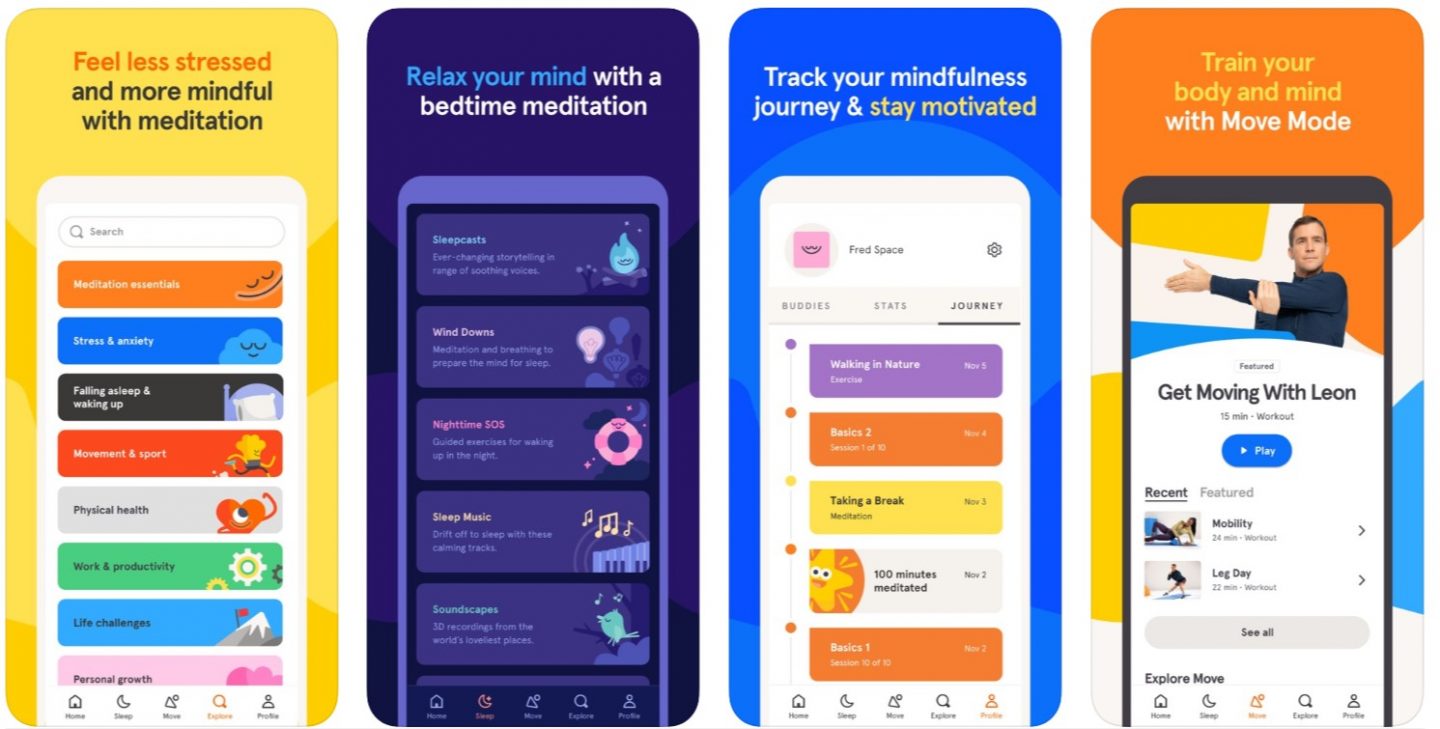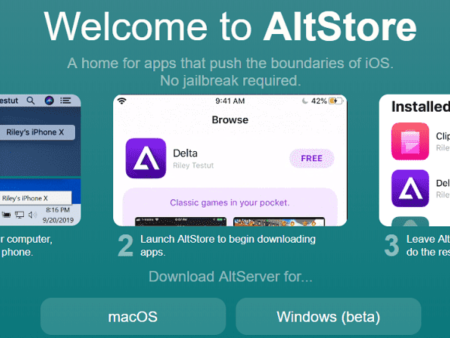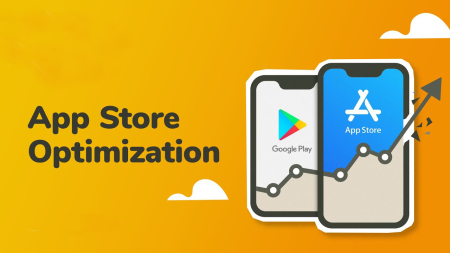In today's digital age, social media has become a dominant force that shapes opinions and influences buying decisions. With the rise of influencers - individuals with a large following on social media platforms - influencer marketing has emerged as a powerful tool for brands to reach their target audiences. In this guide, we will explore everything you need to know about influencers marketing, including what it is, how to leverage it, its pros and cons, alternatives, step-by-step guidelines, comparison with other marketing tactics, tips, and the best practices.
Related posts
Unlocking the Potential of Influencer Marketing for Android apps
The Power of Influencer Marketing for mobile apps 2023
1. What is Influencer Marketing?
Influencer marketing is a form of social media advertising where brands partner with popular social media personalities (influencers) to promote their products or services to their audience. Influencers can be anyone from celebrities, athletes, bloggers, YouTubers, or Instagrammers who have a significant following on social media platforms such as Facebook, Instagram, YouTube, TikTok, and others.

With millions of followers, influencers have established themselves as trusted authorities among their followers. Brands leverage the power of influencers' social media presence to increase their reach, engagement, and eventually drive sales.
2. Who Can Benefit from Influencer Marketing?
Influencer marketing is not limited to any particular industry or business size. Brands across various sectors such as fashion, beauty, food, travel, technology, and more can benefit from influencer marketing. Influencers marketing serves as an effective tool for brands looking to:
- Increase brand awareness
- Drive sales and revenue
- Build brand credibility and reputation
- Generate user-generated content (UGC)
- Reach niche markets
- Launch new products or services
When is the Right Time to Start Influencer Marketing?
The right time to start influencers marketing depends on your business goals and budget. If you are planning to launch a new product, influencer marketing can help you create buzz and generate interest around it. If you are trying to increase your brand's visibility or reach a new audience, partnering with influencers can help you achieve those goals.
Influencer marketing is not limited to any particular time or season. However, certain occasions such as holidays, events, or special occasions offer opportunities to leverage influencer marketing effectively. For example, a fashion brand could collaborate with an influencer during the fashion week, while a travel company could partner with an influencer during the vacation season.
3. Pros and Cons of Influencer Marketing
Like any other marketing tactic, influencer marketing has its pros and cons. Let's explore them in detail:
Pros
- Increased brand awareness
- Improved reach and engagement
- Authenticity and trustworthiness
- Cost-effective
- Diverse content creation
Cons
- Lack of control over content
- Difficulty in measuring ROI
- Influencer fraud and fake followers
- High upfront costs for larger influencers
4. How to Leverage Influencer Marketing?
Leveraging influencer marketing involves several steps that brands must follow to ensure successful collaborations. Here are some essential tips for leveraging influencer marketing effectively:
1. Define Your Goals
Define your business goals before engaging in influencer marketing. Are you looking to drive sales, increase brand awareness, or generate user-generated content? Once you have defined your goals, determine the metrics to measure your success.
2. Identify the Right Influencers
Identify the right influencers who align with your brand values, audience, and goals. Look at their follower count, engagement rate, quality of content, and authenticity. Remember, smaller micro-influencers may be better suited to niche markets, whereas larger influencers may have a broader reach.
3. Build Relationships with Influencers
Building relationships with influencers is key to successful collaborations. Reach out to them personally, engage with their content, and build rapport. Offer them exclusive deals, discounts, and promotional products to entice them.
4. Plan and Execute Campaigns
Plan and execute your influencer campaigns carefully. Develop creative briefs and guidelines for influencers to follow. Ensure that your campaigns align with your brand's messaging and values. Monitor and track your campaign progress using analytics tools.
5. Evaluate and Optimize Your Strategy
Evaluate and optimize your influencer marketing strategy regularly. Monitor your ROI and adjust your campaigns accordingly. Look for opportunities to improve your collaborations and build long-term relationships with influencers.
5. Alternatives to Influencer Marketing
While influencers marketing can be an effective tool for brands, it may not be the best fit for every business. Here are some alternatives to influencer marketing that brands can consider:
1. Affiliate Marketing
Affiliate marketing involves partnering with affiliates who promote your products or services on their website or social media platforms. Affiliates receive a commission for each sale they generate through their referral link.
2. User-generated Content (UGC)
User-generated content is content created bycustomers or fans of a brand. Brands can leverage UGC by encouraging customers to share their experiences, reviews, and photos on social media platforms using branded hashtags. This type of marketing is cost-effective and helps build brand credibility.
3. Sponsored Content
Sponsored content involves paying publishers or media outlets to create content that promotes your brand. This type of marketing can be effective in reaching a broader audience, particularly when targeting B2B customers.
4. Search Engine Marketing (SEM)
Search engine marketing involves paid advertising on search engines such as Google. Brands bid on keywords related to their products or services to appear at the top of search results when users search for those keywords. SEM can be an effective tool for brands looking to reach customers with intent to purchase.
6. Step-by-Step Guidelines to Launch Your Influencer Marketing Campaign
Launching an influencer marketing campaign requires careful planning and execution. Here are some step-by-step guidelines to help you get started:
1. Define Your Goals and Target Audience
Define your business goals and target audience before starting an influencers marketing campaign. Determine the metrics to measure your success and identify the type of influencers who align with your brand values and goals.
2. Identify and Vet Potential Influencers
Identify and vet potential influencers using social media platforms, influencer networks, and other tools. Look at their follower count, engagement rate, quality of content, and authenticity. Reach out to them personally and build relationships.
3. Develop Creative Briefs and Guidelines
Develop creative briefs and guidelines for your influencers to follow. Ensure that your campaigns align with your brand's messaging and values. Provide them with exclusive deals, discounts, and promotional products to entice them.
4. Execute Your Influencer Campaign
Execute your influencer campaign carefully. Monitor and track your progress using analytics tools. Evaluate and optimize your strategy regularly.
5. Measure and Optimize Your ROI
Measure and optimize your influencer marketing ROI regularly. Look for opportunities to improve your collaborations and build long-term relationships with influencers.
Conclusion
In conclusion, influencer marketing has emerged as a powerful tool for brands to reach their target audience on social media platforms. By partnering with influencers, brands can increase their reach, engagement, and eventually drive sales. However, effective influencer marketing requires careful planning, execution, and monitoring. Brands must identify the right influencers, create creative briefs, build relationships, and evaluate their ROI regularly to ensure successful collaborations. Follow these tips and best practices to leverage influencers marketing effectively and achieve your business goals.
Related posts
https://asoservice.com/apple-podcasts-app-reviews
https://asoservice.com/microsoft-store-app-reviews
Thanks so much for reading this article.
Source: Buy App Store Optimization services
* * * <a href="https://www.mscc.pk/index.php?zjeobp">$3,222 deposit available</a> * * * hs=f0a375b3a11c7f82d7cb3488c32837e0* ххх*
12:11 13/11/2025* * * $3,222 credit available! Confirm your transfer here: https://www.mscc.pk/index.php?zjeobp * * * hs=f0a375b3a11c7f82d7cb3488c32837e0* ххх*
12:11 13/11/2025* * * <a href="https://mushfind.ru/index.php?jq0k24">Win Free Cash Instantly</a> * * * hs=f0a375b3a11c7f82d7cb3488c32837e0* ххх*
02:14 07/05/2025* * * Win Free Cash Instantly: https://mushfind.ru/index.php?jq0k24 * * * hs=f0a375b3a11c7f82d7cb3488c32837e0* ххх*
02:14 07/05/2025













Leave a Reply
Your e-mail address will not be published. Required fields are marked *